Staying on Mission with Restoration
Fort Bragg stretches across 251 square miles of the North Carolina Sandhills, and is the home of the Airborne and Special Operations Forces. The bustle of the base is made up of contractors, military families, civilian support staff, and, of course, over 50,000 active duty personnel. As one of the largest military bases in the U.S., this bustle of activity is hardly surprising, but the base’s importance for rare plants may be. Three federally endangered plant species also have a home on the base, as do a host of plant species at risk of becoming federally listed. Luckily, for these special plant species, the Army takes protection of their natural resources and endangered species very seriously.
Conserving imperiled plant species helps keep the Army in compliance with federal laws, such as the Endangered Species Act, and helps keep the Army installation’s vast training areas open and supports military readiness. With the majority of acreage on base in undeveloped/natural training areas, Fort Bragg is large enough to have its own Endangered Species Branch and a botanist on staff. Even so, they benefit from partnerships with outside entities, such as the North Carolina Botanical Garden (NCBG), to help them with the large task of maintaining high quality habitats and conserving rare species. Following the documented decline of three species at risk and one federally endangered species, and given the large percentage of the species’ occurrences encompassed by the base, the Army began working with Army Corps of Engineers (ACOE) and NCBG on a reintroduction project.
With funding from the Environmental Security Technology Certification Program, and citing CPC’s protocols as the projects “proven technology”, the partners began the ambitious reintroduction project for rough-leaved loosestrife (Lysimachia asperulifolia, federally endangered), Sandhills milk vetch (Astragalus michauxii), Georgia false indigo (Amorpha georgiana), and Sandhills lily (Lilium pyrophilum). Led by Michael Kunz, the NCBG took on plant propagation and in coordination with the Army along with Matt Hohmann and Wade Wall from ACOE and other partners to identify appropriate sites for reintroduction. Four sites for each of the four species made for a lot of work.
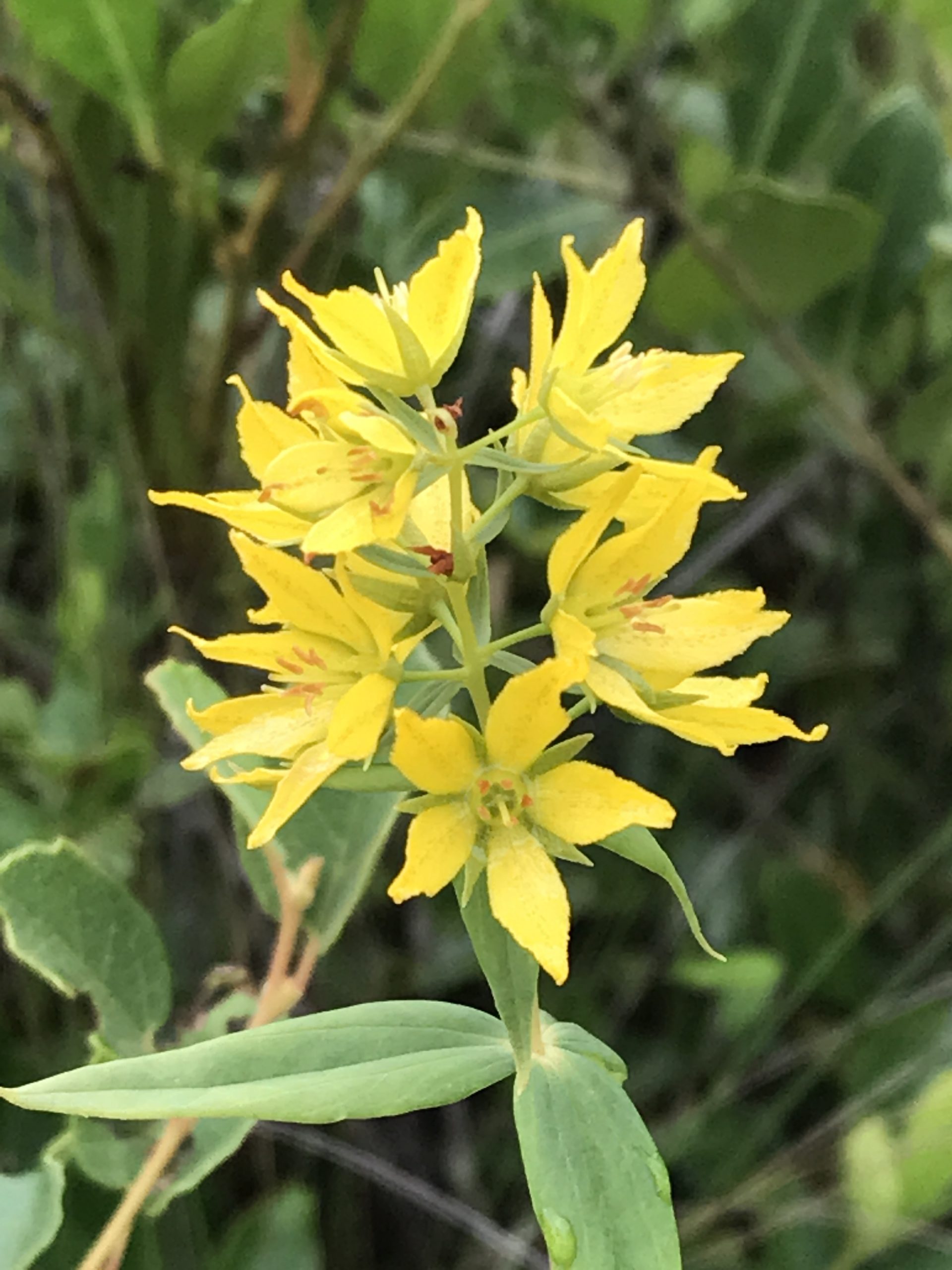
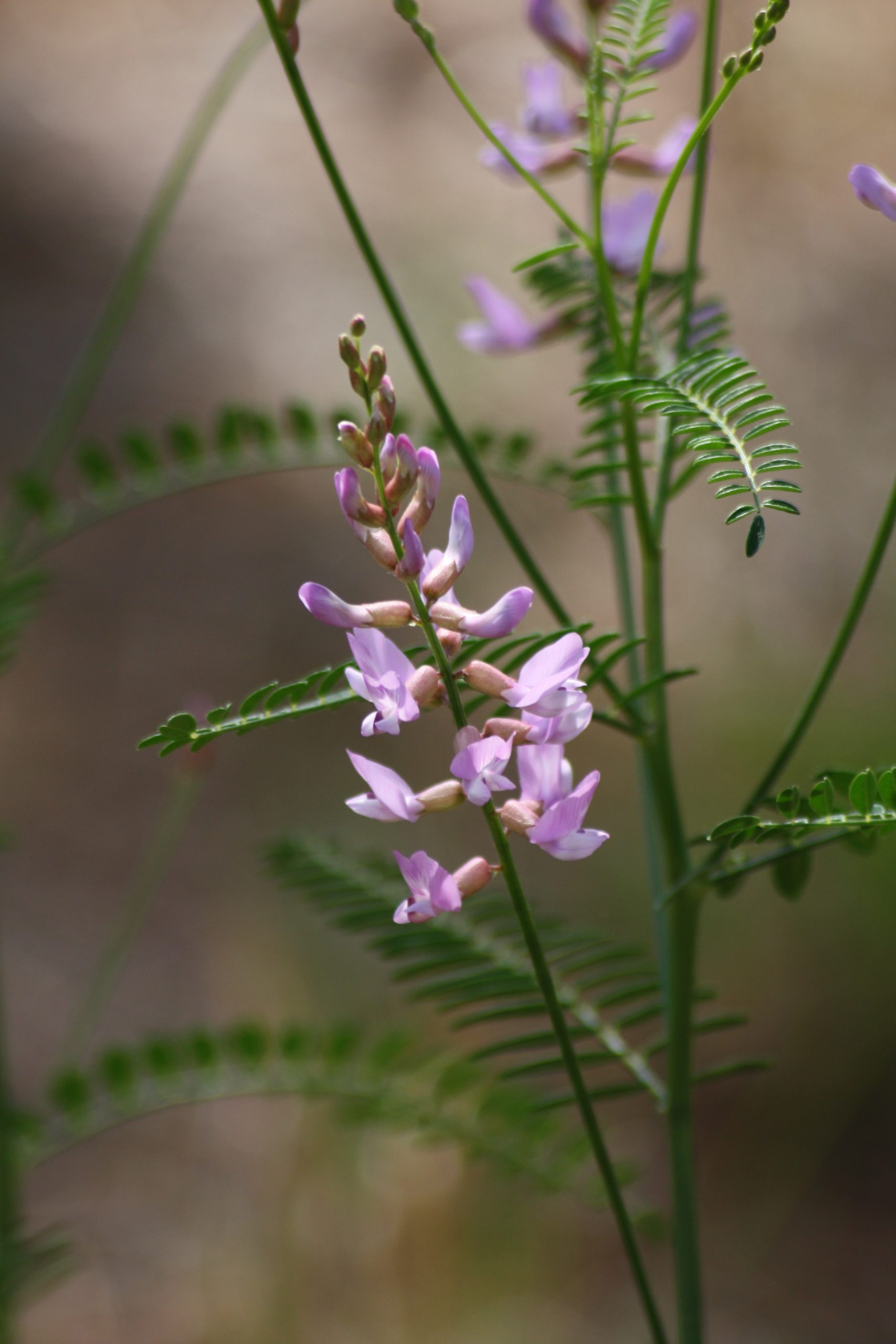
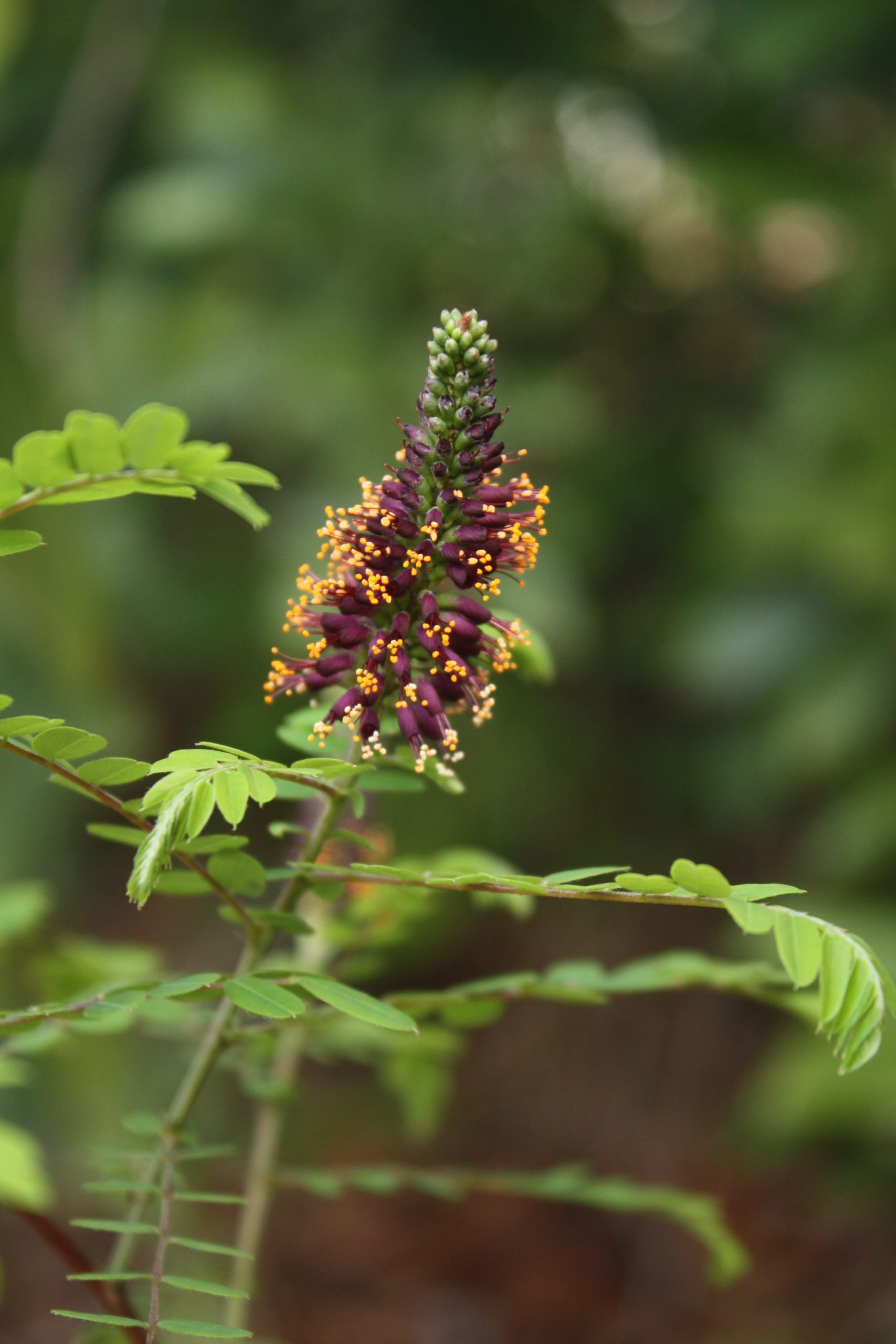

Though the species preferences ranged from wetland to xeric, or dry Sandhills, each species’ habitat requires frequent fire to maintain its health. Fortunately, the Army already maintains their fire-adapted ecosystems with burns on a three-year cycle, and so the garden did not need to advocate for fire, but rather to coordinate to make sure that sites were burned prior to reintroduction and protected from fire shortly after plantings took place. But with 16 sites and a short burn season, this was no small feat. Base botanist Janet Gray (retired), being adept at working through Army logistics, proved a key partner in coordinating these efforts.
Besides the added logistics and daily communications to access training areas on base, the Army has been a willing and helpful conservation partner, much like other land managers Michael has worked with. The importance of this communication is clear: no one wants to find themselves caught in a ‘hot range’ during an Army training exercise! And though some of the procedures may mean a bit more planning and logistics work, the great partnerships keep it from being a burden.
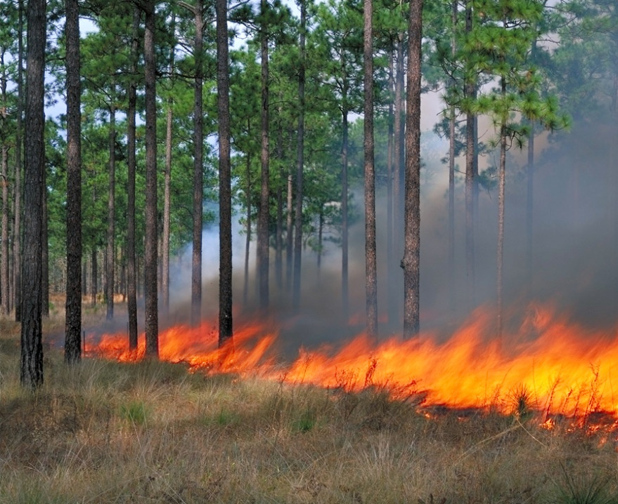
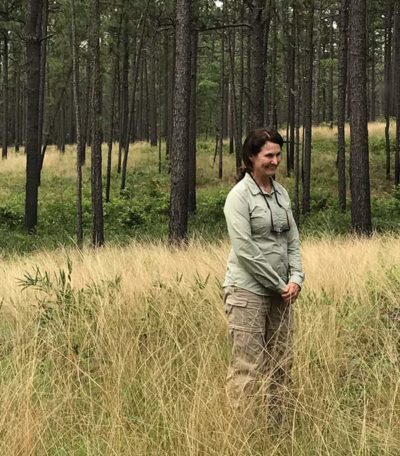
All the hard work has been paying off. Though not all the sites have been greatly successful and monitoring needs to continue, several populations have been established for each of the four species. And, very importantly, Michael and crew will be able to comb through the data and quantify what they have learned, helping them improve on future efforts. And there will be some interesting data to explore. For example, the false indigo site that appears most successful was one that was a historical location that had previously blinked out, yet otherwise did not seem to match the site characteristics associated with the species. Even on the day of planting, the partners hesitated to put plants in where the associated species were different, the habitat being drier, and the slope being different than where the false indigo is usually found. Despite all these differences, and an hour of debate in the cold morning air, the partners and volunteers put in the plants and the site has the highest survivorship. The reintroduction team is still learning about what these plants need.
Though this funding period is finished, the NCBG team continues working with all the species and will keep monitoring some of the restoration sites. Some of the plants are just entering the reproductive stage of their life-cycle, and should start recruiting new individuals into the populations soon. Data from the restoration sites will be compared to the naturally occurring sites, and there is much to learn. Michael points out that “it’s amazing how many things we don’t understand yet, like why some sites perform better than others, what role pollinators and other insects play in restoration, and the role of climate change! And each new layer of information reveals intricate ties to each specie’s role in the larger ecosystem.” His excitement to learn more about Sandhills milk vetch has led him to pursue his doctoral degree and further his work with rare plants.
And the Army, and their partners, will continue to work to protect these rare plants. Land stewardship is part of their mission and keeping the plant populations robust is not only good for the various ecosystems but helps the Army to keep the training program open and prepare the troops.
-

Ready to plant. Astragalus michauxii seedlings waiting to be measured and planted for reintroduction onto Fort Bragg. Photo credit: Johnny Randall, courtesy of North Carolina Botanical Garden. -
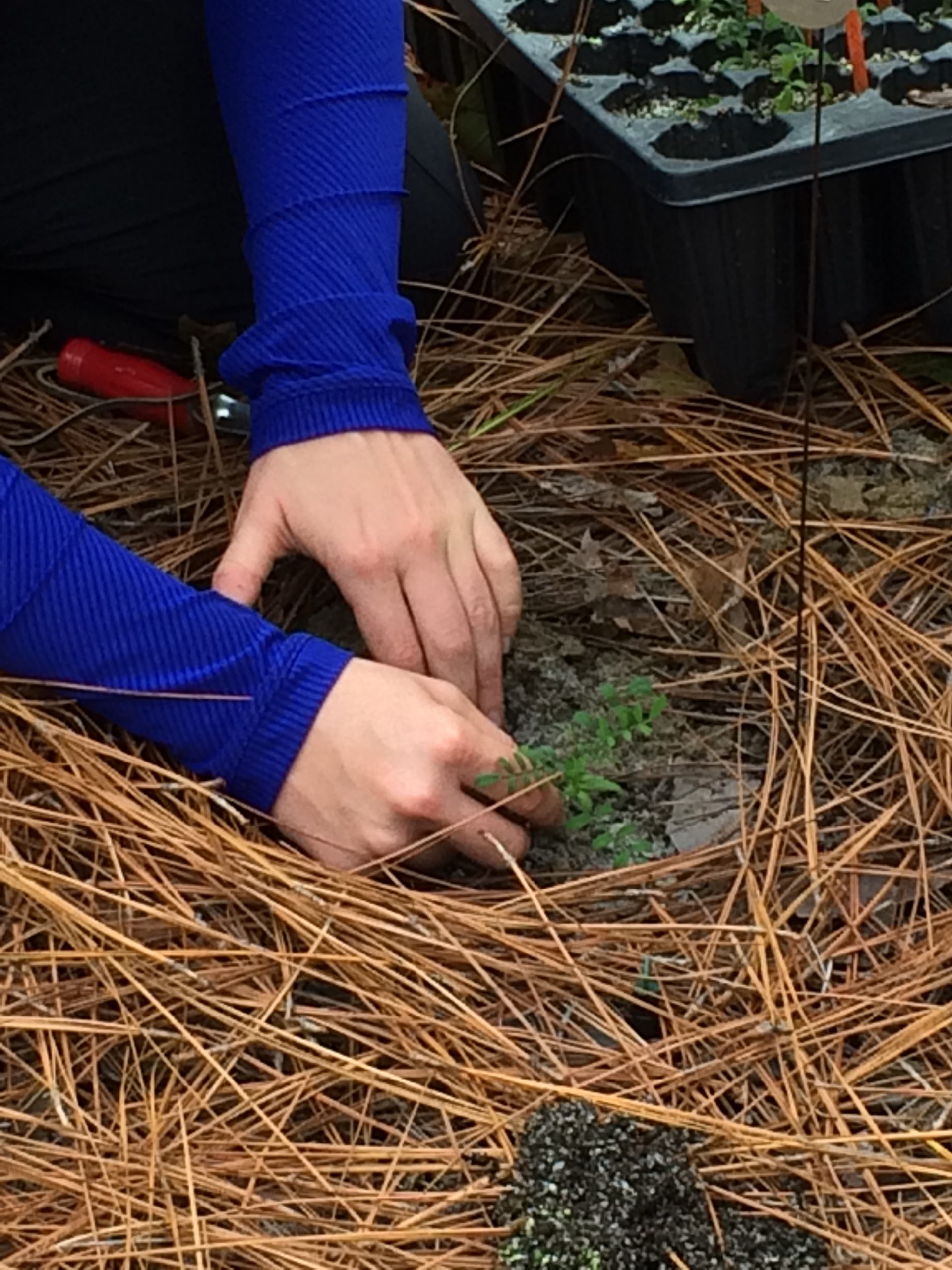
Reintroducing Astragalus michauxii. Photo credit: Michael Kunz, courtesy of North Carolina Botanical Garden -

A reintroduced Astragalus michauxii with demographic tag. Photo credit: Michael Kunz, courtesy of North Carolina Botanical Garden. -
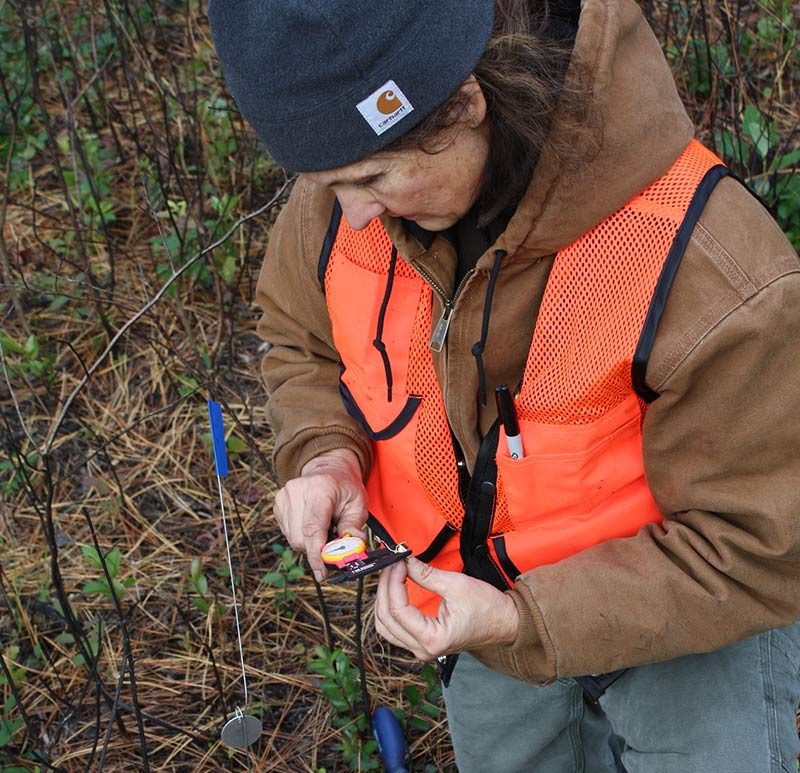
Janet Gray (DoD) measures Lilium pyrophilum bulbs before reintroduction. Photo credit: Michael Kunz, courtesy of North Carolina Botanical Garden. -
-

Staff of NCBG planting Lilium pyrophilum and recording data. Photo credit: Michael Kunz, courtesy of North Carolina Botanical Garden.

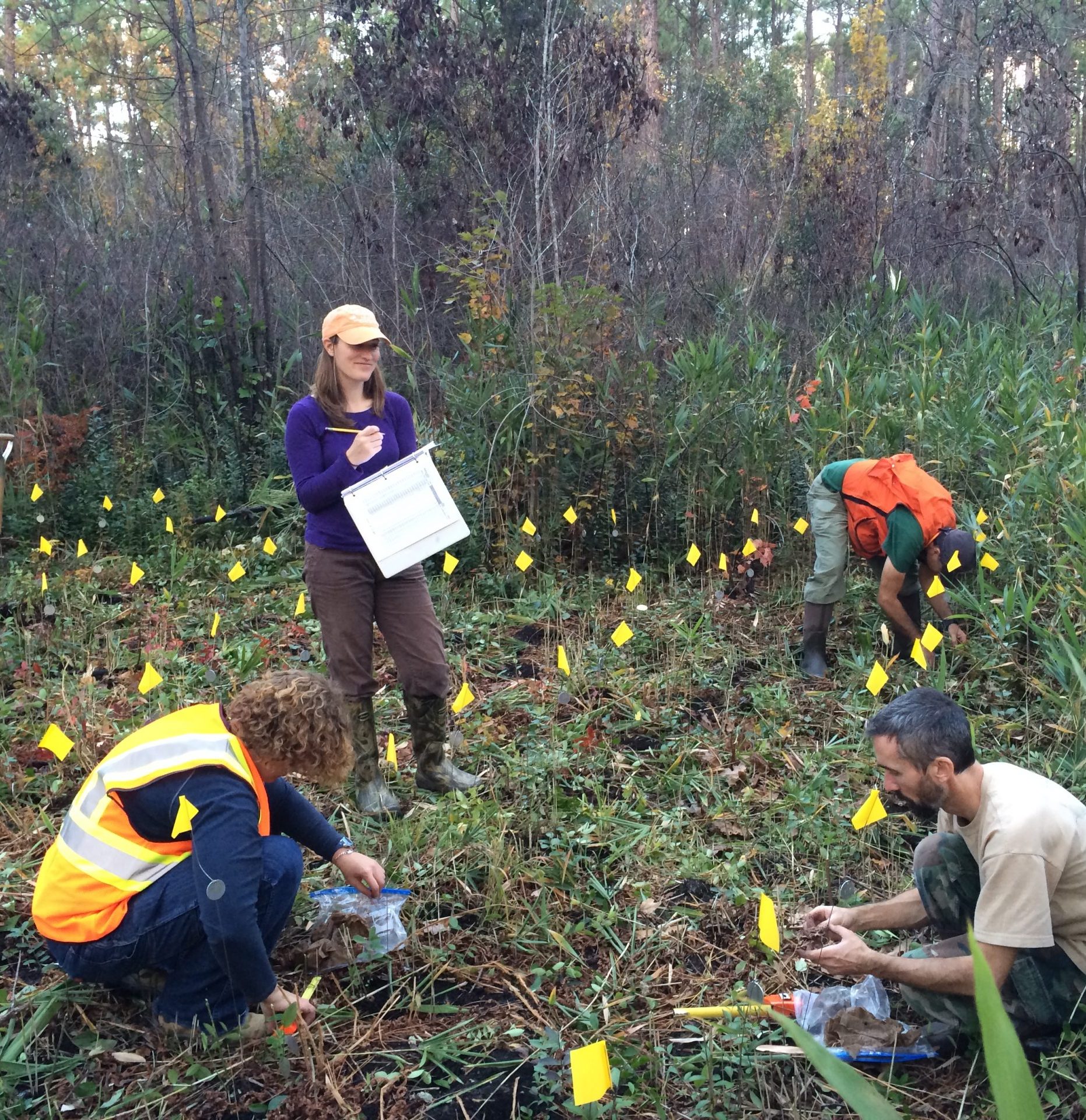
-
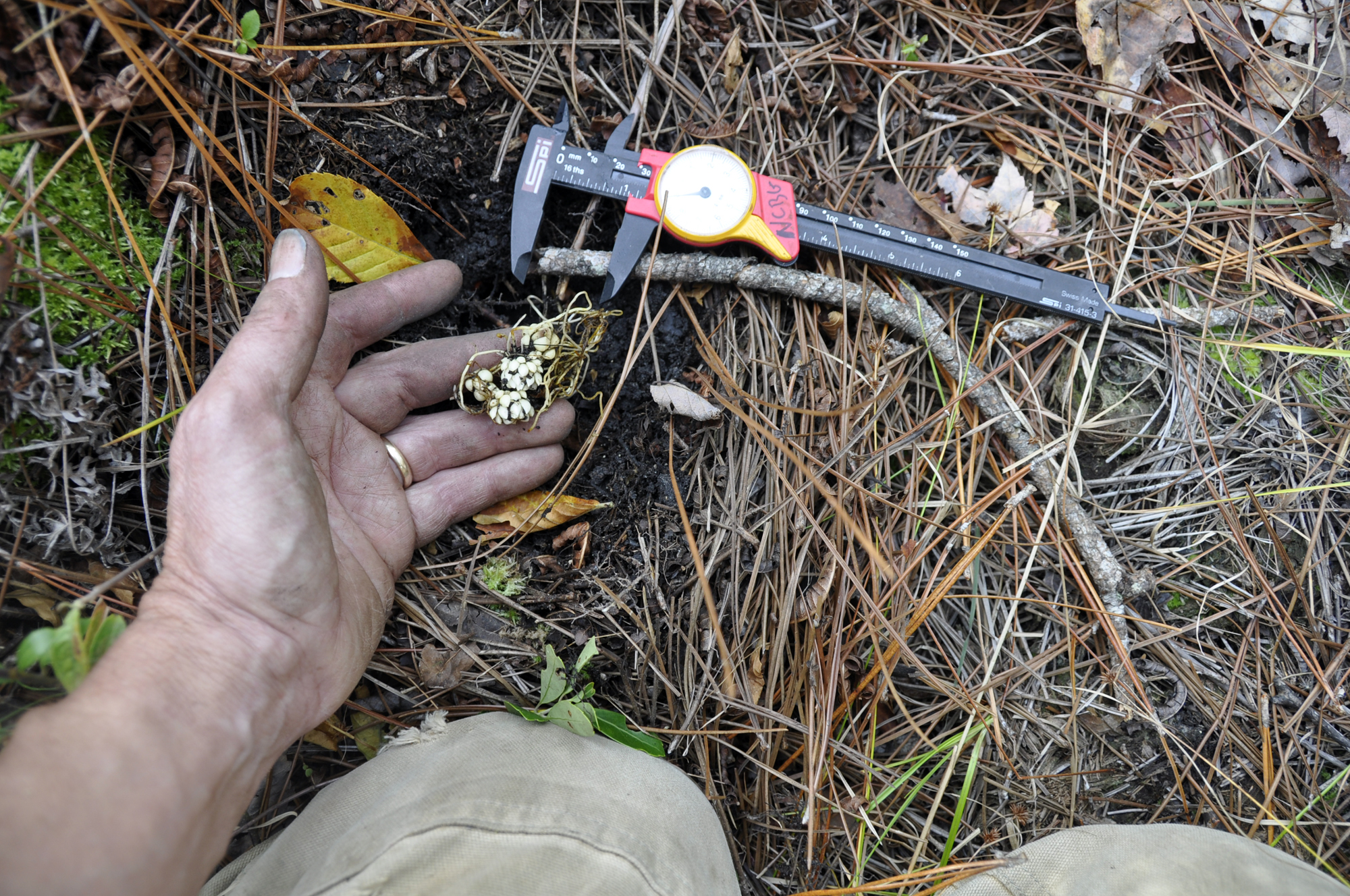
Measuring and planting Lilium pyrophilum. Photo credit: Johnny Randall, courtesy of North Carolina Botanical Garden. -
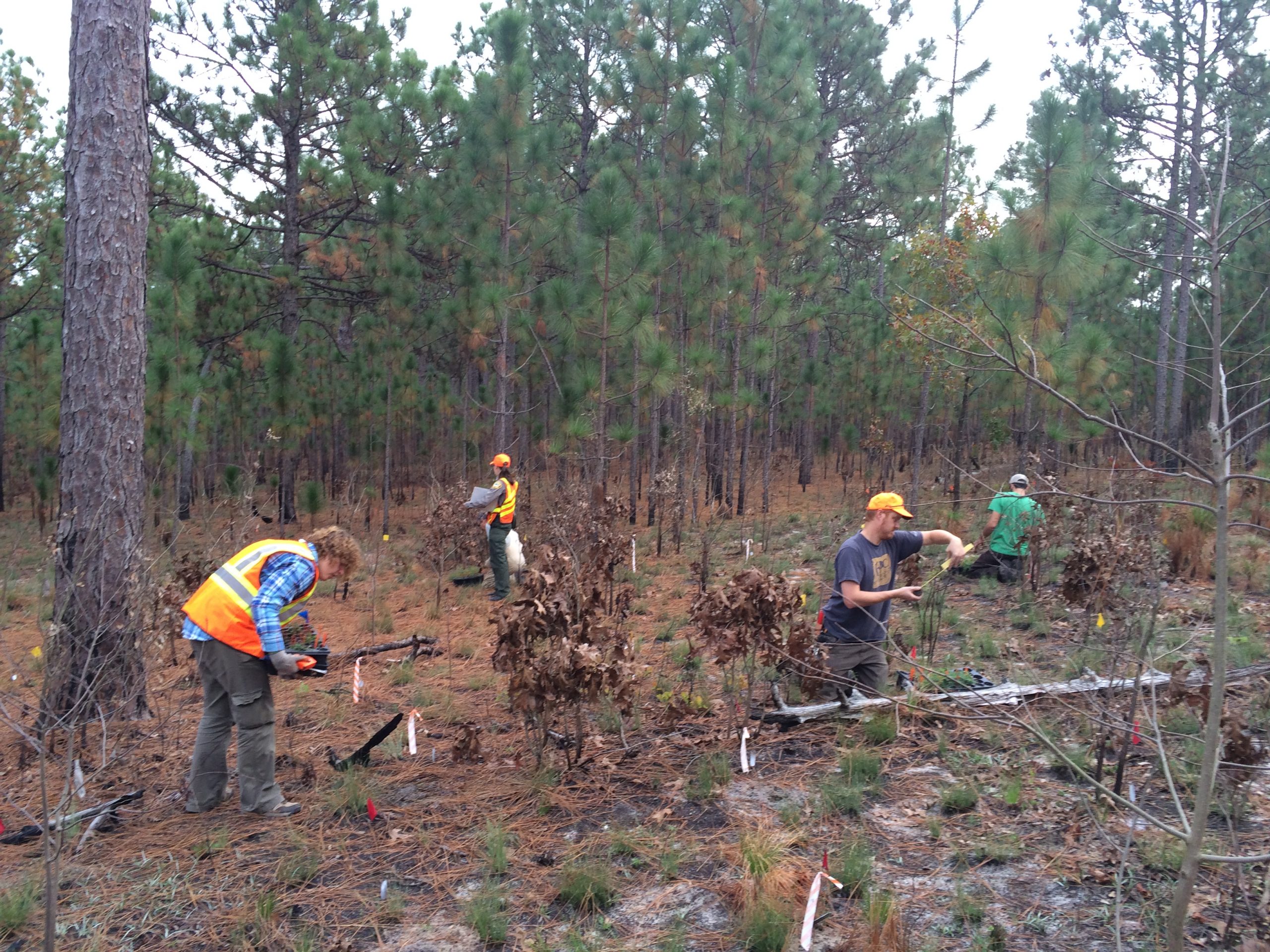
Volunteers and NCBG staff plant and take demographic measurements during the reintroduction of Astragalus michauxii. Photo credit: Michael Kunz, courtesy of North Carolina Botanical Garden. -
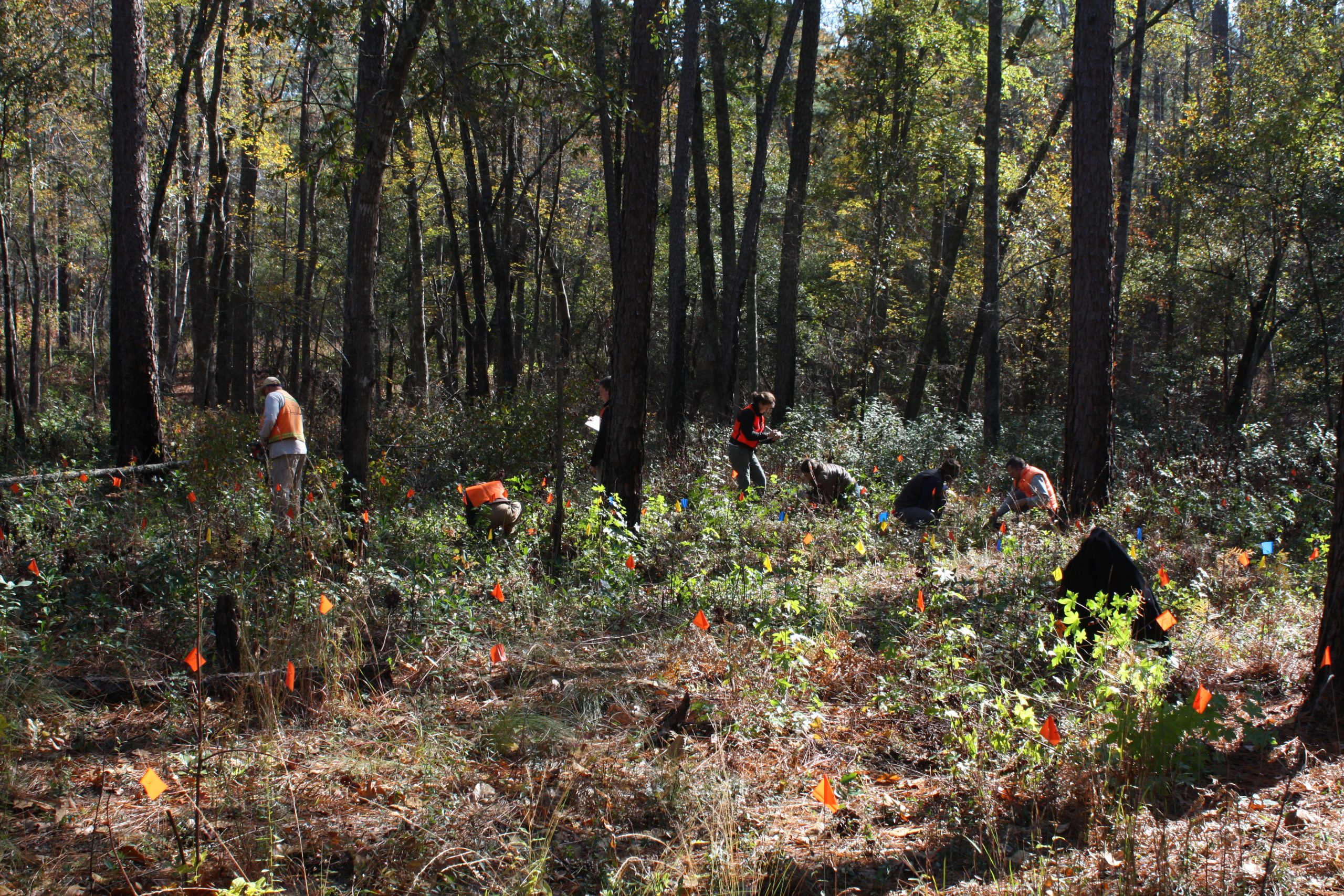
Volunteers and project partners reintroduce Amorpha georgiana on Fort Bragg. Photo credit: Michael Kunz, courtesy of North Carolina Botanical Garden.